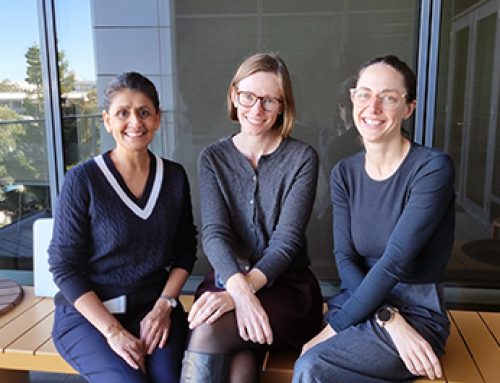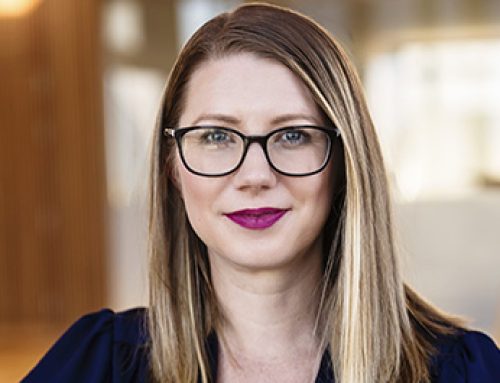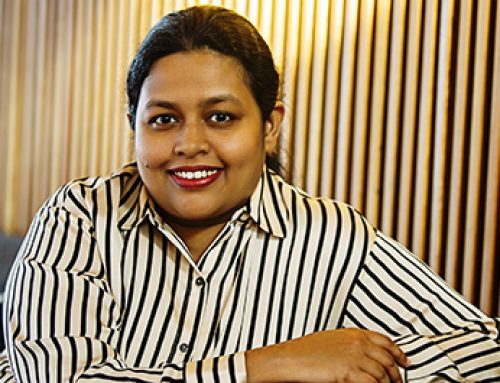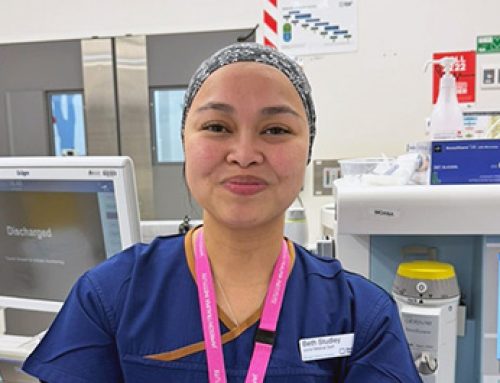Knowledge Translation, Or How To Make Stuff Happen In Clinical Practice
By Danette Langbecker, NHMRC Research Fellow, Centre for Online Health, The University of Queensland. Tw: @DHLangbecker
Last week I had the pleasure of attending AusHSI’s three day Knowledge Translation workshop. I was keen to attend and build my skills as I’m currently conducting an implementation research study[i], but I was also a bit apprehensive – what did they mean by knowledge translation? Everywhere I look, people use this term to mean different things. Was the workshop going to be about implementation research or dissemination or something else again? And was the workshop going to be pitched at clinicians or academics? And – most critically in my over-committed world – what would we do for three whole days?
In preparation for the workshop, I did a bit of research, as all good academics do. I googled[ii] ‘knowledge translation’ and found that many others seem to have my problem of using very long sentences when they don’t really have a good way of describing something[iii]. Have a look at the Wikipedia entry for ‘knowledge translation’ if you’ve never looked before. This didn’t fill me with a lot of confidence.
But I’d registered[iv], and day 1 came around bright and early, with about 40 clinicians, researchers and students gathering with a mix of enthusiasm, nervousness and anticipation. Most seemed to either be doing or planning a project that involved taking something that we know works and working out how we can make it work in practice, which made me think the workshop might be what I was hoping for after all.
And then the very first session of the workshop started with ‘What is meant by knowledge translation?’. So maybe everyone else is somewhat confused about the multitude of terms too?
And then we got into the nitty gritty of what it really means to implement something into practice. Some of this involved discussion of models and frameworks, but it was interwoven with case studies where the presenters worked through an aspect of a framework as applied to their real life project.
For example, Adrienne Young talked about the Red Tray project and why this relatively simple and seemingly easy-to-implement dietary intervention fell over, as they didn’t know as much as they needed about the context or recipients (the dangers of implementing without a framework!).
Prue McRae talked about CHERISH, a project to implement Eat Walk Engage, and the crucial role that facilitators are playing in implementing the intervention into wards with different contextual enablers and barriers. Another example, NeoKIP, also really demonstrated the impact of facilitators who, by supporting local mothers’ groups in Vietnam, achieved fabulous impacts on neonatal mortality.
But I know you’re thinking, this all sounds great, but how does this end up taking three days? Well, the attendees split into six teams, and each team picked one project from those pitched by the team to work on for the three days. So after an initial intro, the workshop developed into a satisfying rhythm of theory and practice. As in, here’s a bit of a framework for how to do this, and then, how will you actually do this for your team’s project? With one of the AusHSI team never far away for help.
As an incentive, the workshop culminated in a Shark Tank (based on the TV show with several international variations), where each team had 10 minutes to pitch their project to three ‘Sharks’ and convince them of the benefits of the project. John Wakefield, Amanda Dines, and David Rosengren listened to the pitches and then quizzed the teams about different elements of their planned implementation, before awarding theoretical amounts of money to each team based on their pitch, culminating in a winning team.
And a big shout-out to Natasha Roberts, an RBWH cancer nurse and QUT PhD student, for leading the winning team! Natasha’s team workshopped and pitched her PhD project, which is concerned with implementing patient-reported outcome assessments to improve patient outcomes in oncology. (Please now let’s see that ‘theoretical’ $100K awarded to the project become real money!)
And so before we knew it, the workshop was finished. I know I have a much better understanding of how to make stuff happen in clinical practice (my new personal definition for knowledge translation).
And I can’t speak for anyone else, but seeing all those around me, clinicians and researchers alike, enthused and engaged in working out how to implement their interventions – I think this speaks volumes as to the suitability of the course for both groups.
All in all, a very practical and useful workshop. My only criticism? That’s a lot for just three days.
[i] It’s actually an AusHSI funded study: ‘Building a virtual child and youth forensic health service’, led by Anthony Smith & Stephen Stathis. Currently waiting for ethics approval, and then the magic will happen!
[ii] #Sarcasm that googling is good research practice for anyone doubtful!
[iii] If you don’t believe me, read this abstract from research conducted early in my PhD.
[iv] Full disclaimer: I had registered but not paid; I received the workshop for free as part of AusHSI’s efforts to build capacity in the teams who they fund. Would write this same post if I had paid in full – it really was fabulous.
Dr Cramb’s models and the visualisations to which she has contributed have generated international interest, resulting in collaborations with New Zealand Ministry of Health and researchers in Sweden.
QUT Media contacts:
Niki Widdowson, 07 3138 2999 or n.widdowson@qut.edu.au
After hours: Rose Trapnell, 0407 585 901 or media@qut.edu.au.







